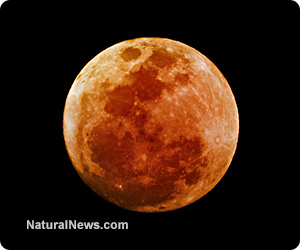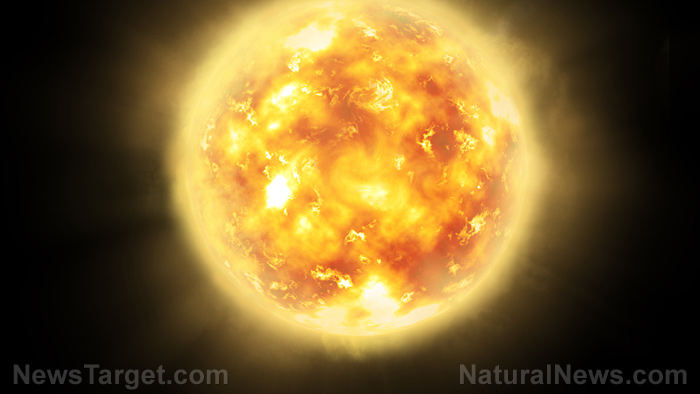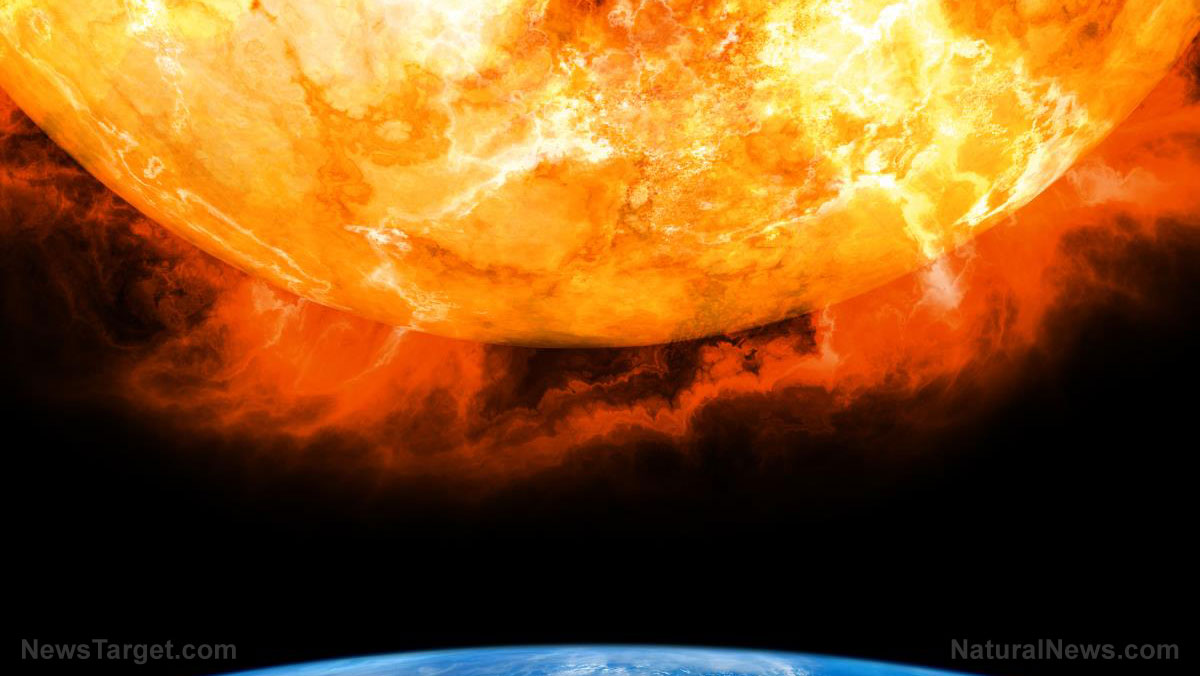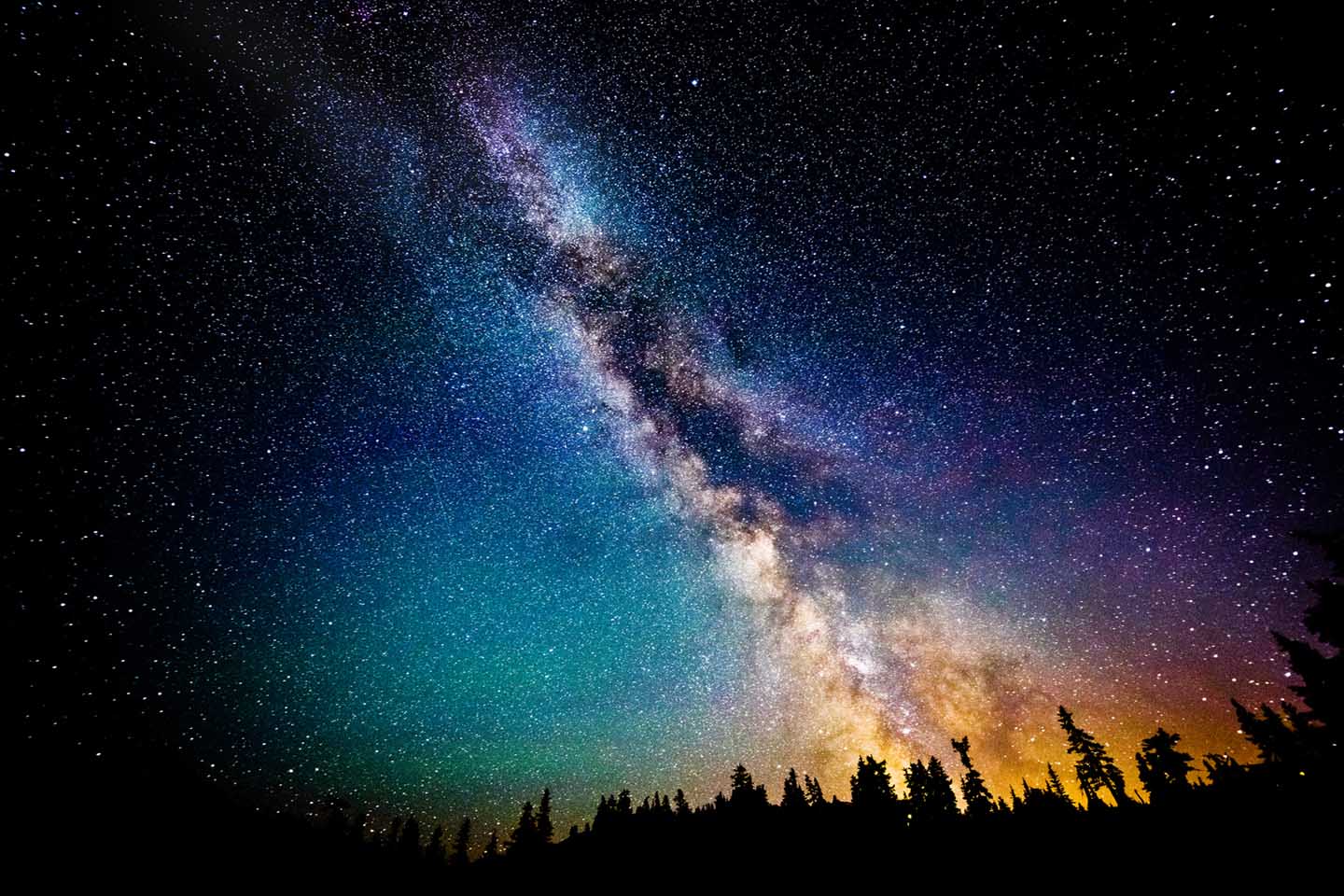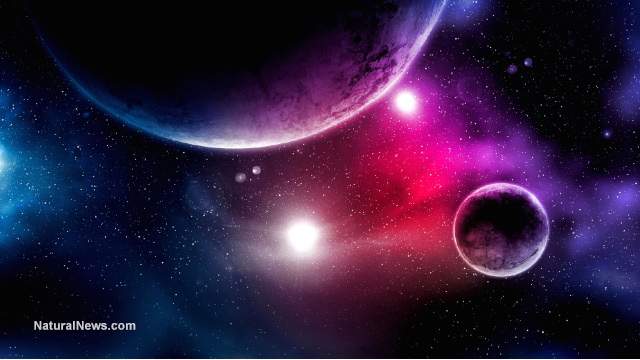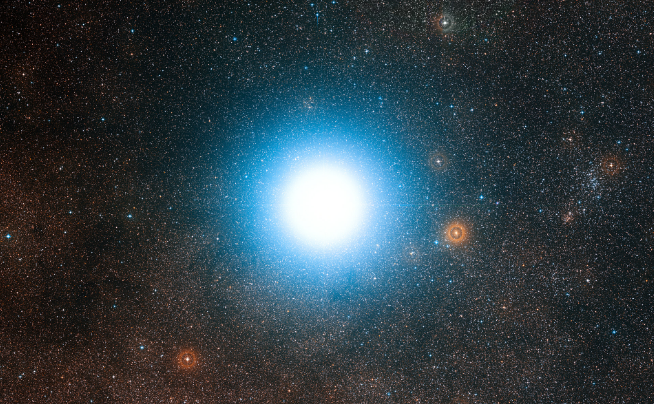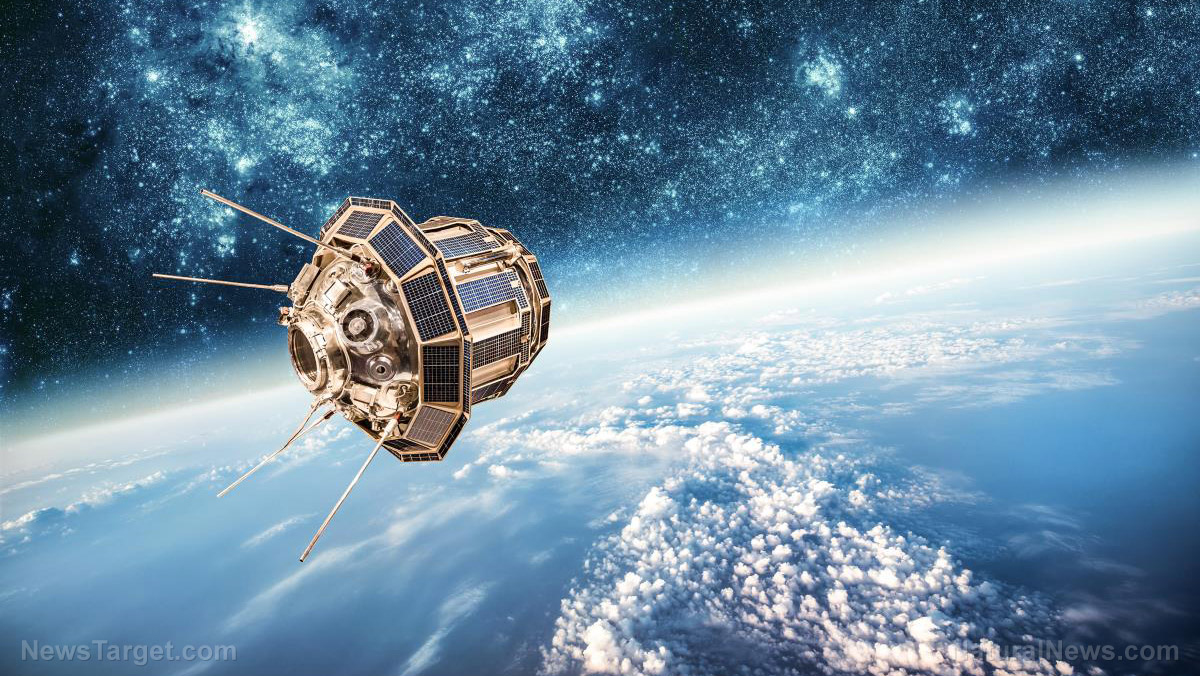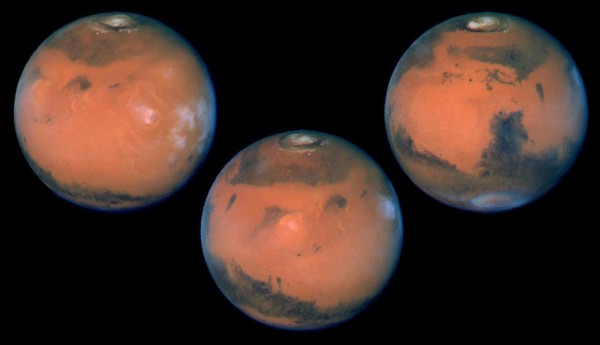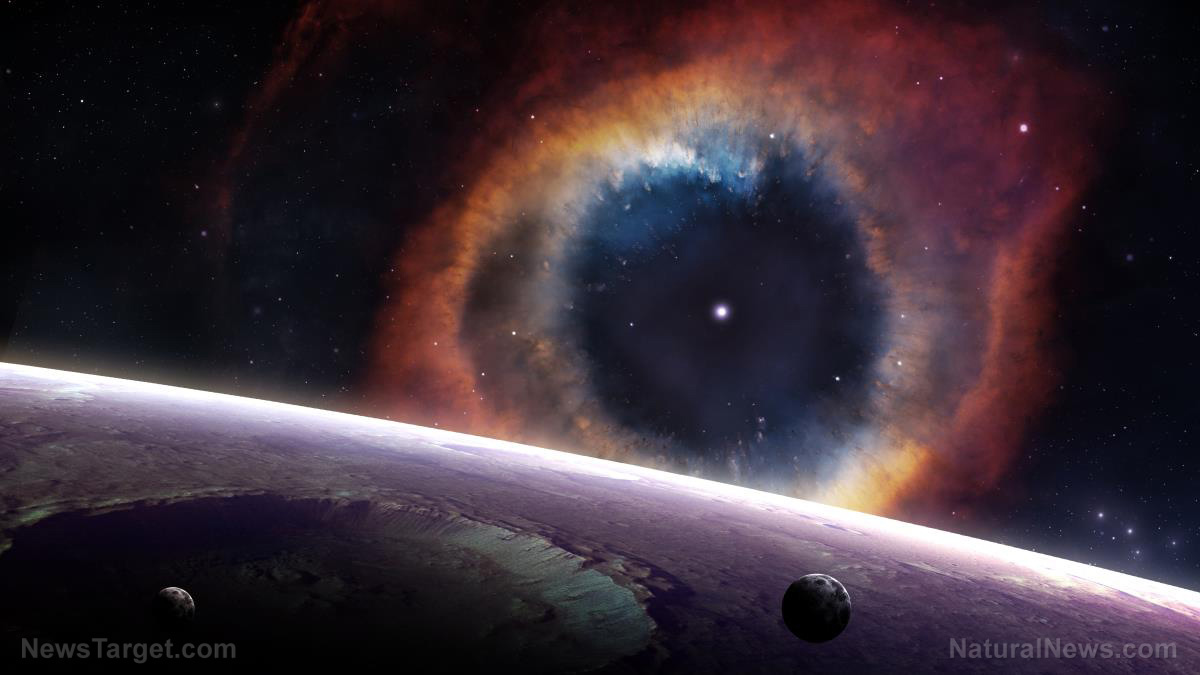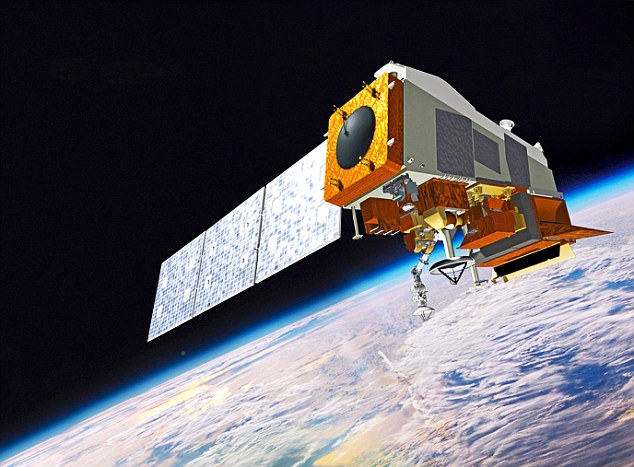Understanding massive black hole formation: Researchers believe supersonic gas streams from the Big Bang may provide the answer
08/14/2018 / By Ralph Flores
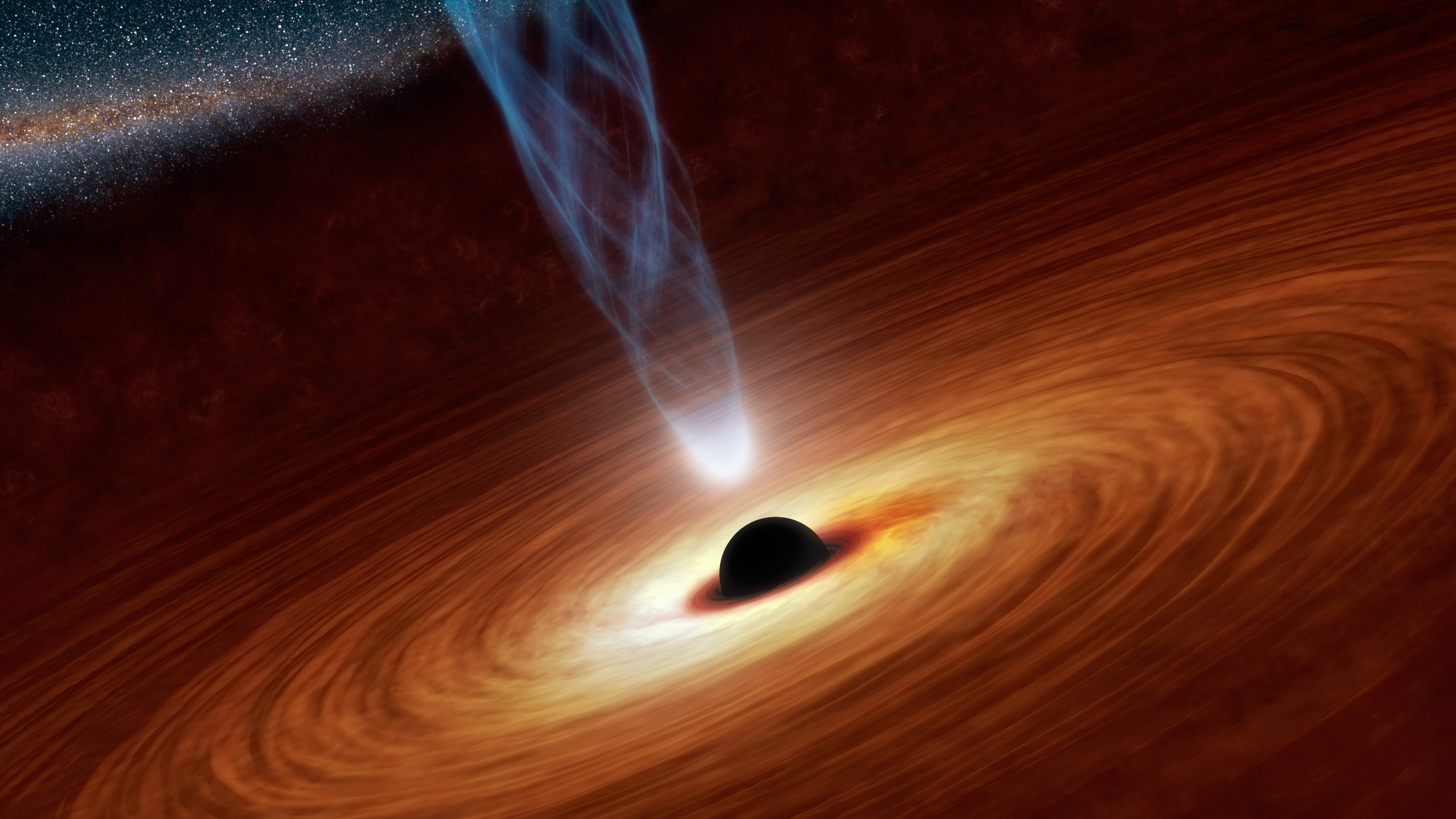
Using supercomputer simulations, researchers can now replicate the formation of a supermassive black hole. With this, science is one step closer to explaining the origins of the biggest dark holes recorded in the universe.
The team suggested that the massive black holes were created by supersonic gas steams that were produced after the Big Bang. These steams then converged and created these supermassive black holes. The discovery of this process would help in explaining the existence of supermassive black holes 13 billion light years away, which were formed when the universe was relatively young (at about five percent of its current age).
“This is significant progress,” says Naoki Yoshida, one of the authors for the project. “The origin of the monstrous black holes has been a long-standing mystery and now we have a solution to it.”
Early instances of black holes were thought of to have formed with the death of the first stars in the universe. These developed at a certain rate which has been calculated. The presence of the supermassive black holes 13 billion light years away, however, do not compare to the timeline set by this period.
This means that existing theories of the creation of a black hole, that it is because of the death of a neutron star, do not portray the development of black holes into supermassive black holes in the period that they are supposed to exist.
Researchers have set forth a plausible physical process that may provide answers on how these supermassive black holes could have formed in the noted time period. A key factor in answering this is the incorporation of the effects of supersonic gas motions in relation to dark matter. The simulation demonstrated that a massive clump of dark matter was created 100 million years after the Big Bang. The supersonic gas streams were then caught by this dark matter and created a thick cloud of turbulent gas.
This reaction created the protostar, which fed on the gas inside the cloud and grow to massive proportions. According to Yoshida, the gravity of the star caused it to collapse on itself when it had achieved the mass of 34 thousand times that of the sun, leaving a massive black hole. These massive black holes kept on growing and merged with other massive black holes to end up being a supermassive black hole.
The results of the study will help others understand the process of creating supermassive black holes, and with the launch of NASA’s James Webb Space Telescope next year, the number of black holes will certainly increase, and with it, the understanding of what they are.
The study, titled “Supersonic Gas Streams Enhance the Formation of Massive Black Holes in the Early Universe”, is co-authored by Shingo Hirano, Takashi Hosokawa, and Naoki Yoshida of the University of Tokyo and Rolf Kuiper of the University of Tübingen.
A black hole is a region in space where the pull of gravity is so strong that even light cannot pull away from it. This pull is created by a compression of matter in a small space after the collapse of a star. Since light is pulled in a black hole, these are noted to be invisible. However, telescopes fitted with special instruments can detect and observe the behavior of these black holes.
Black holes are classified according to size and mass. The smallest ones are called primordial black holes. These kinds are as small as an atom, yet have the mass equivalent of a large mountain. The most common ones are called stellar black holes. These are dotted across the universe and can have the mass of up to 20 times greater than the sun. Finally, the largest kind is called the supermassive black hole. These are noted to have a mass of at least one million times greater than of the sun, and has the size compared to our solar system.
For more stories about black holes, head on over to Space.news today.
Sources include:
Tagged Under: Big Bang, Big Bang Theory, black hole, black holes, Space, space science, supermassive black hole, supersonic gas


